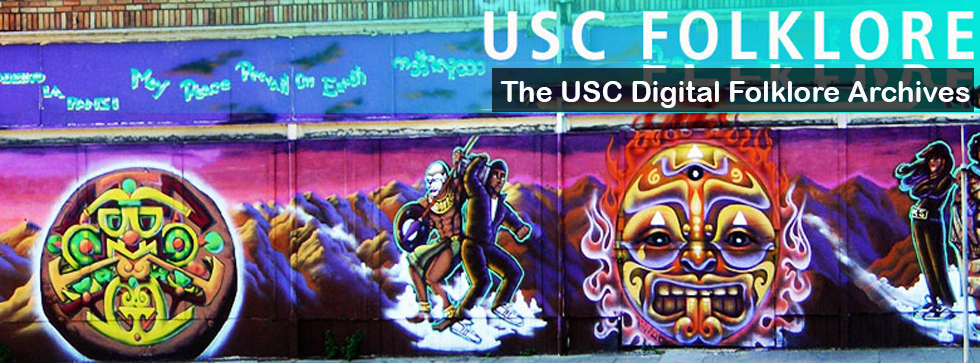Text:
“When I was younger, especially in my trading days, whenever I saw a black cat cross my path, I could not help but feel uneasy. I think it’s just something that was ingrained in me as a kid, and I didn’t get over it until I retired.”
Context:
My informant heard this from his parents as a child growing up in Cleveland, and believed in it until he retired from trading and now interprets it as a trivial superstition.
Analysis:
My informant’s superstition is an example of sign superstition, as, in the belief, an observed event leads to a certain outcome, in this case a black cat crossing one’s path leads to an uncertain amount of bad luck. My informant did not mention a way of negating the event.
My informant’s origin in 1950’s Cleveland does not appear to bear specific relevance to the superstition, as it is widely held. However, his belief, and his parents’ choice to pass down the belief, could have been given breath by the western cultural association of the color black with the occult, death, or bad luck. For example, in many cultures, people wear black to mourn the dead. Also, in European tradition, cats have been associated with witchcraft and the devil, or other forms of supernatural evil. In addition, my informant is a lifelong Catholic, which could implicate Christian views of the color black as a symbol of death, sin, and evil. These facts of the black cat, coupled with the symbol of one’s walking path as one’s path in life, could explain the underlying factors that empower the superstition.
My informant’s post-retirement detachment from the belief could be explained by a reduction in anxiety following a stressful road to a stressful career. Without as much pressure on his shoulders, perhaps he became less prone to attempting to control his surroundings through superstition.
